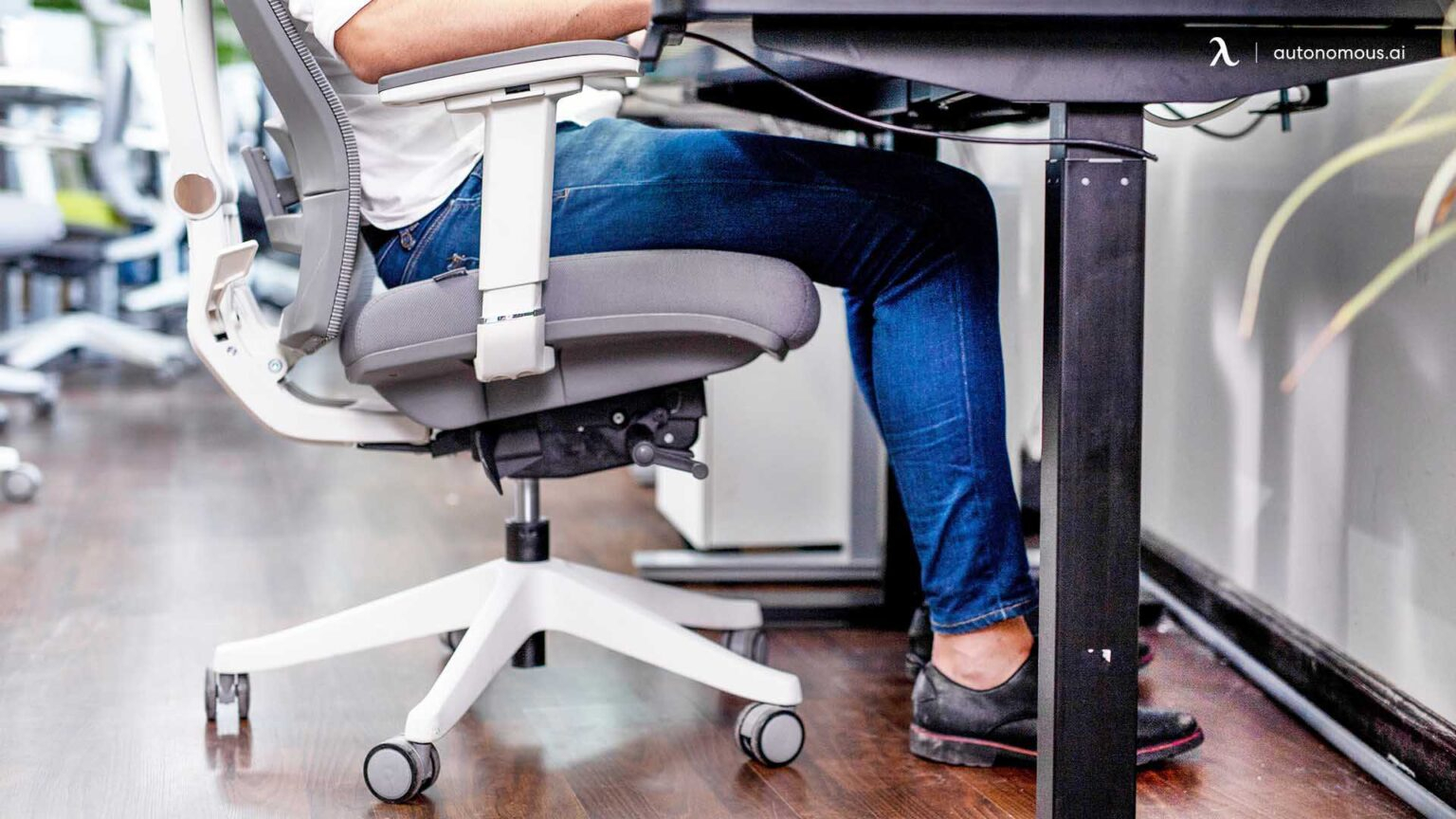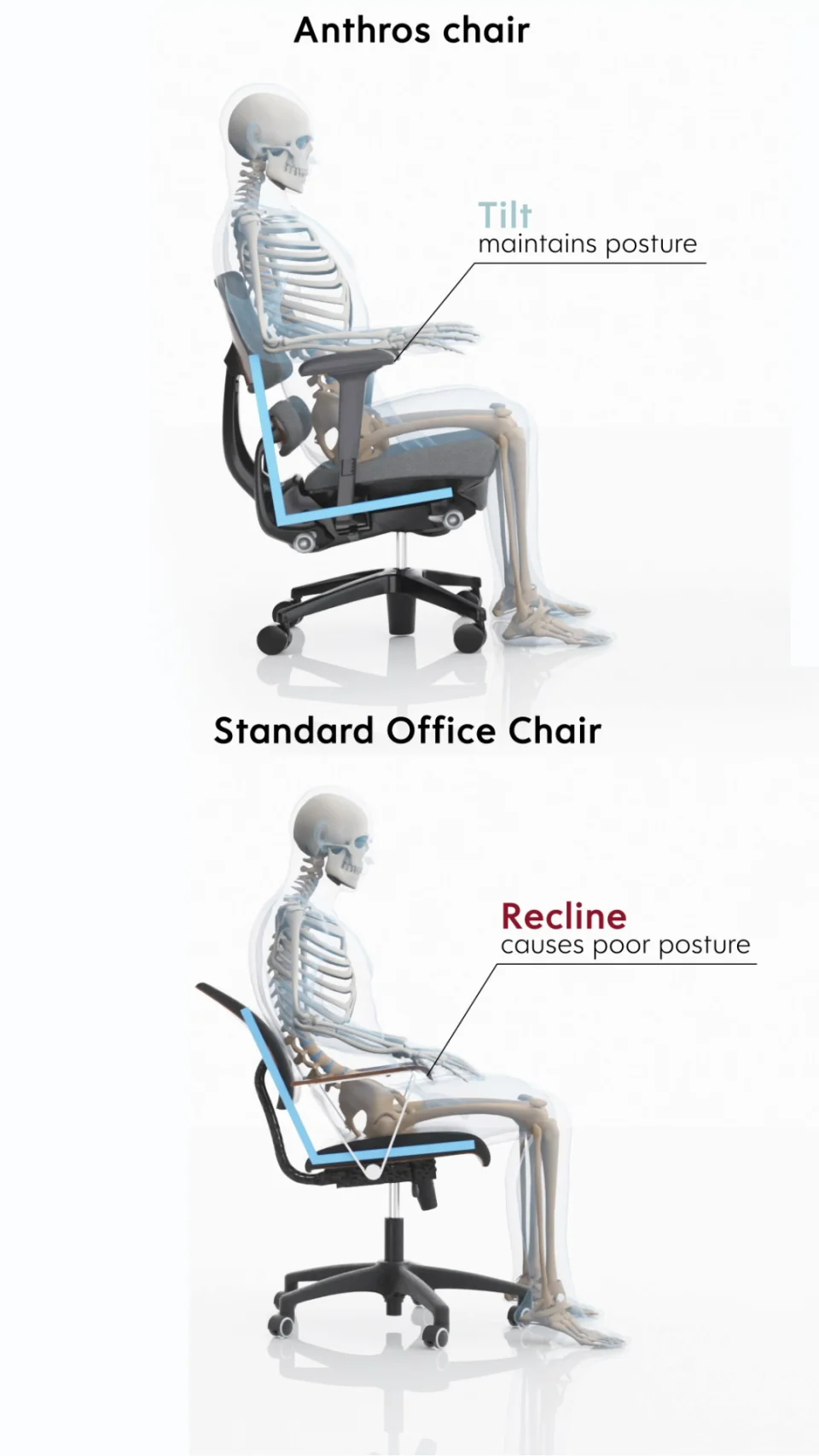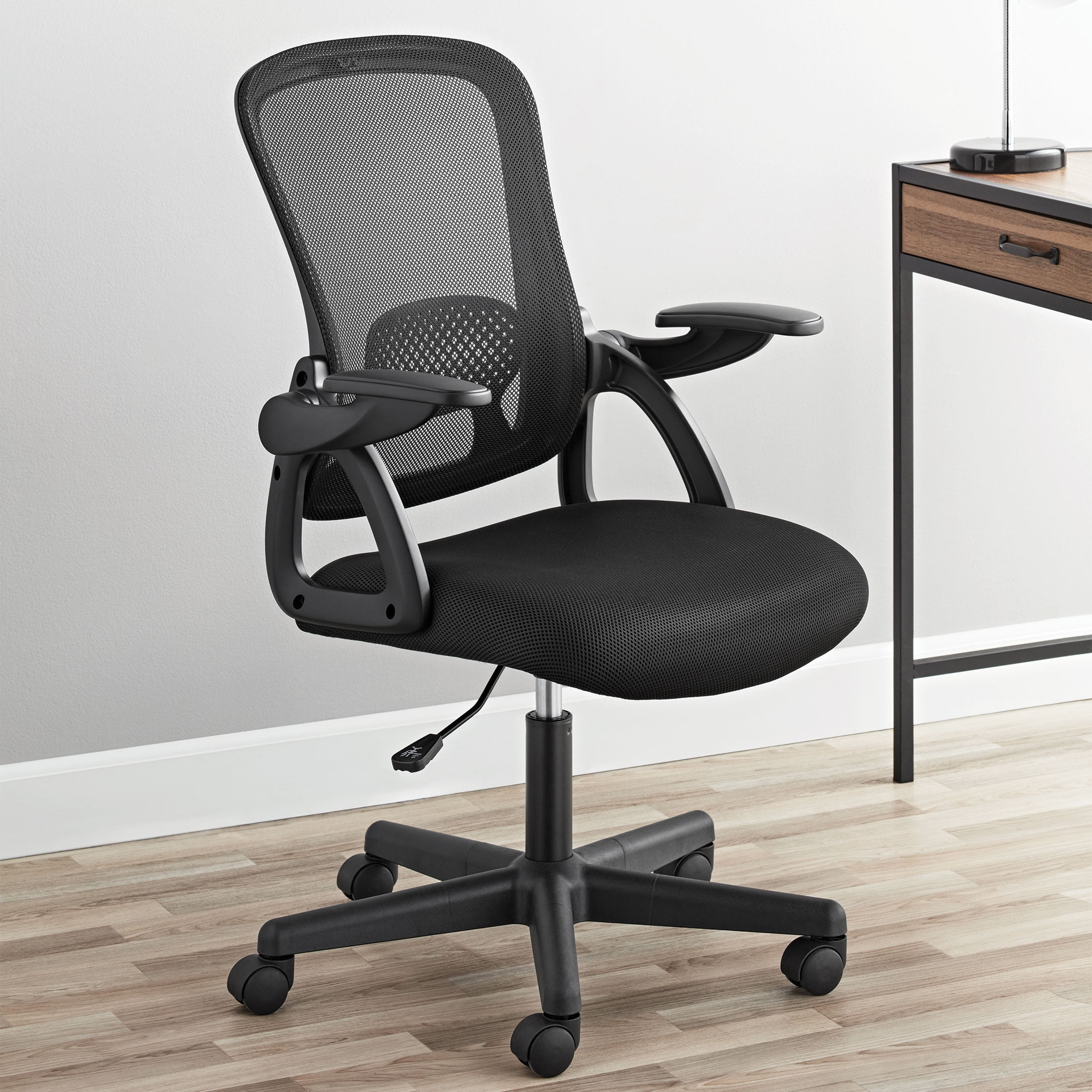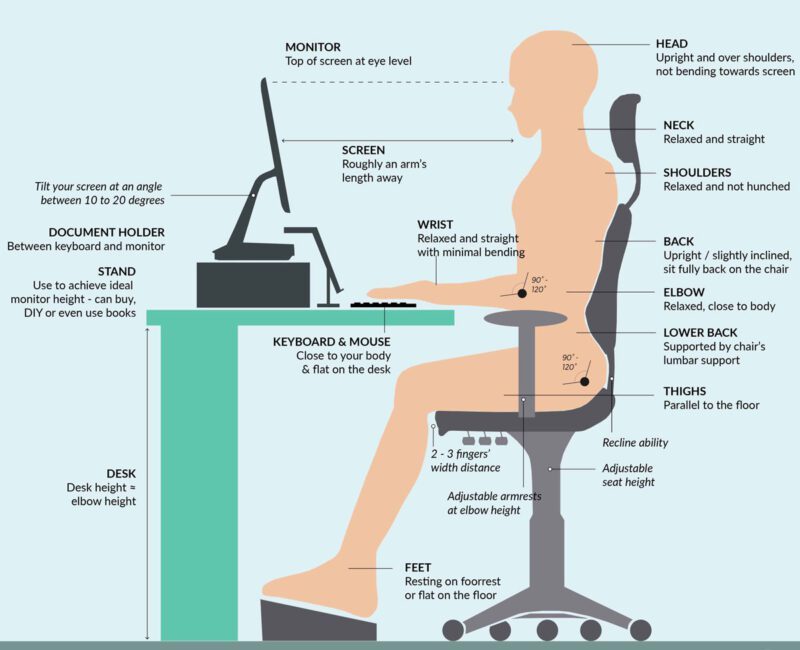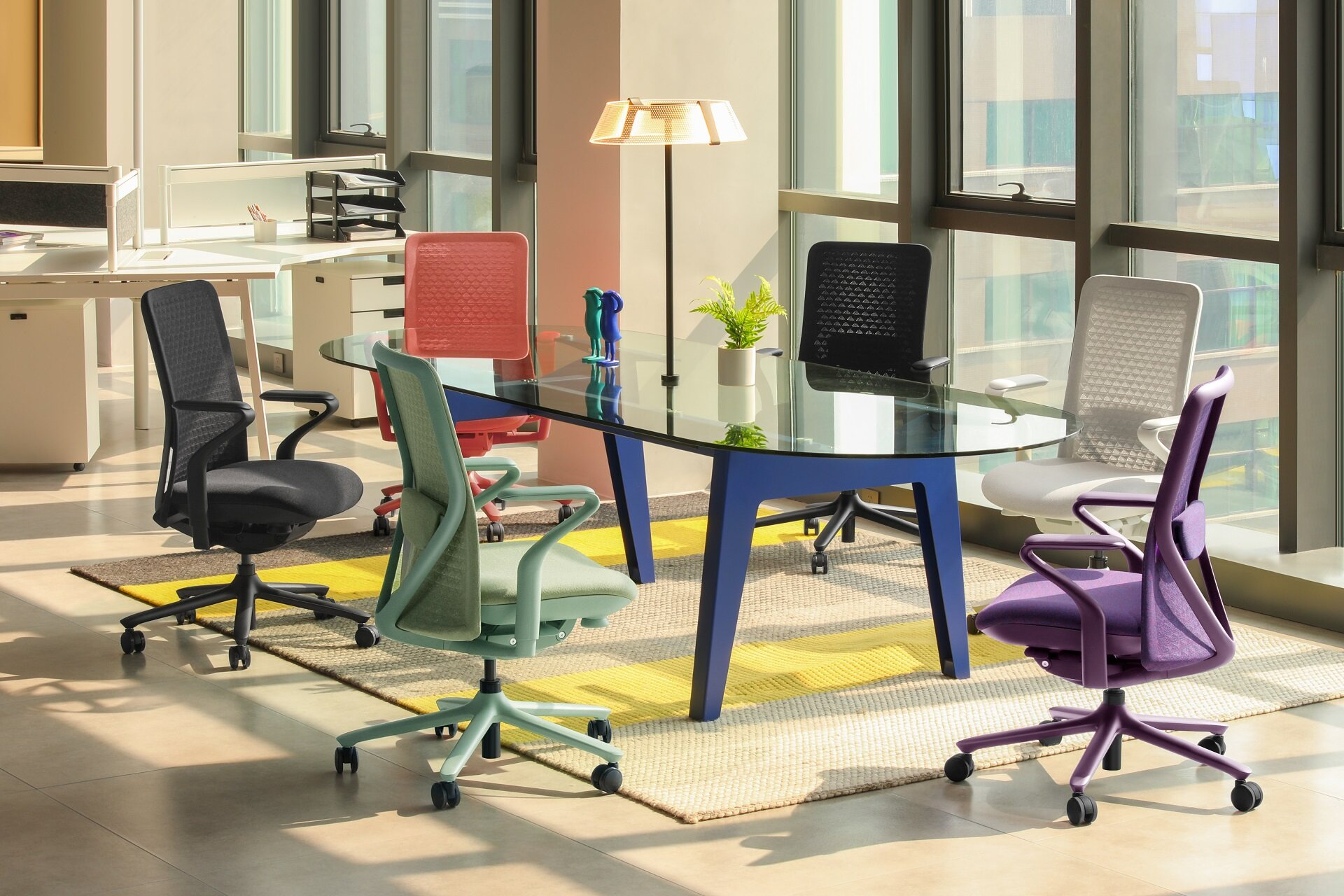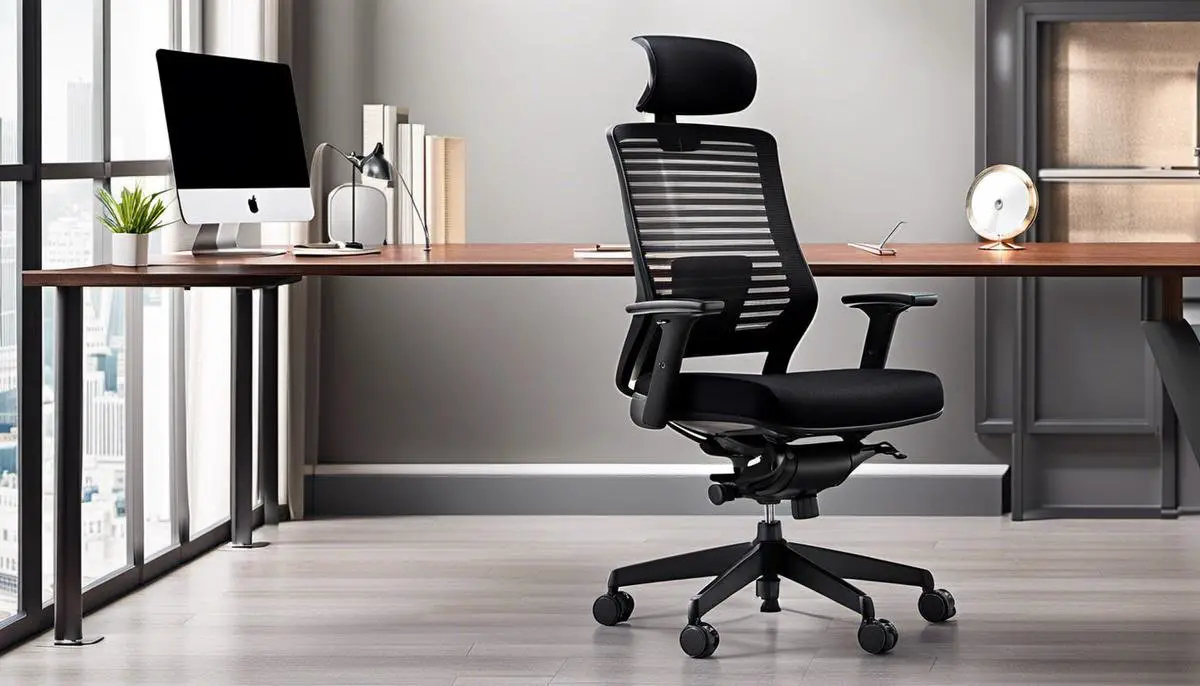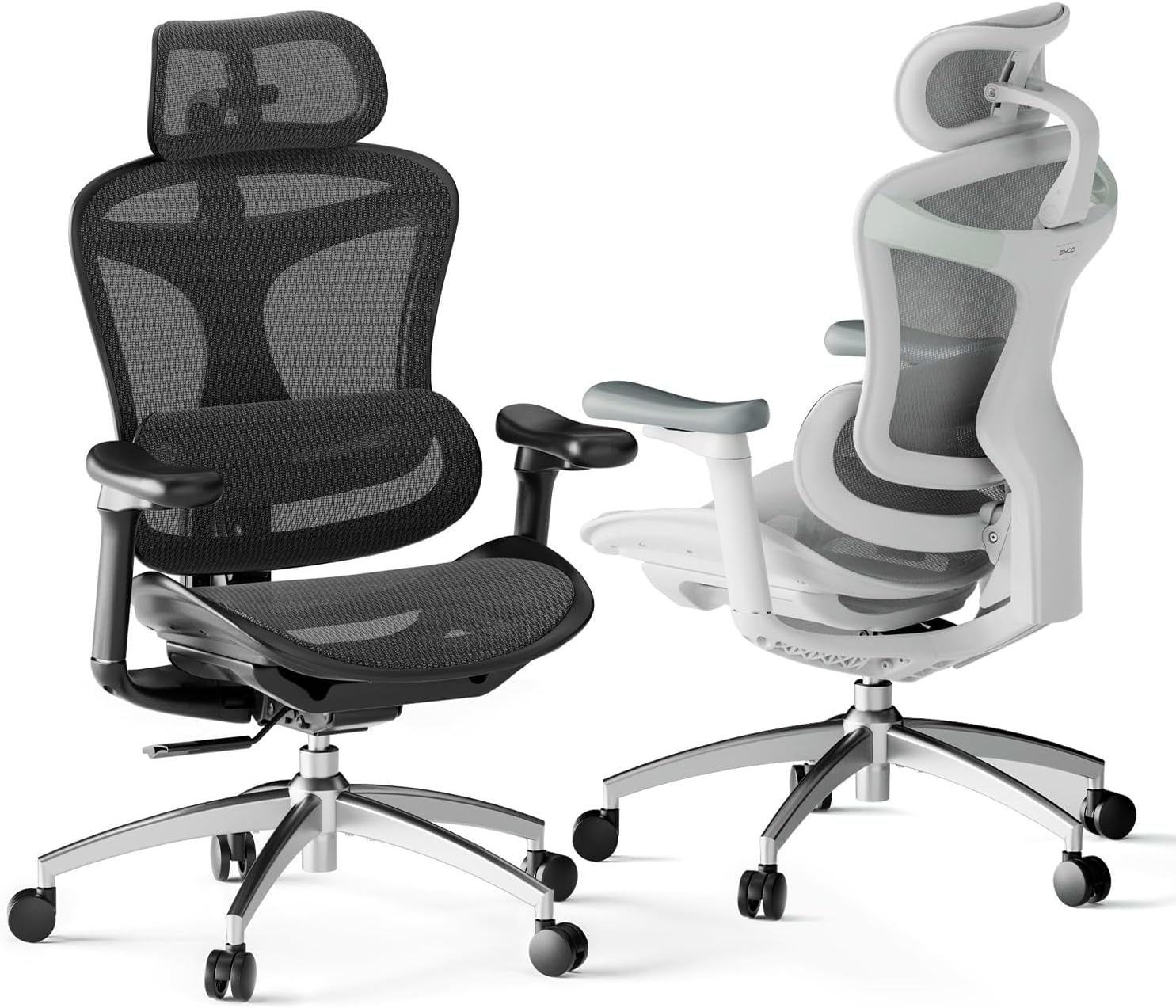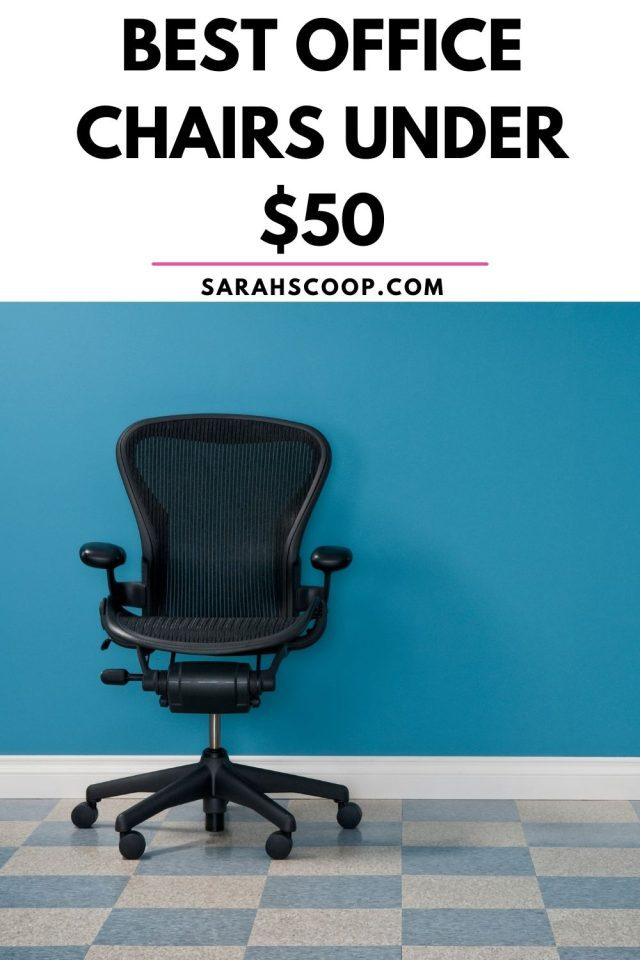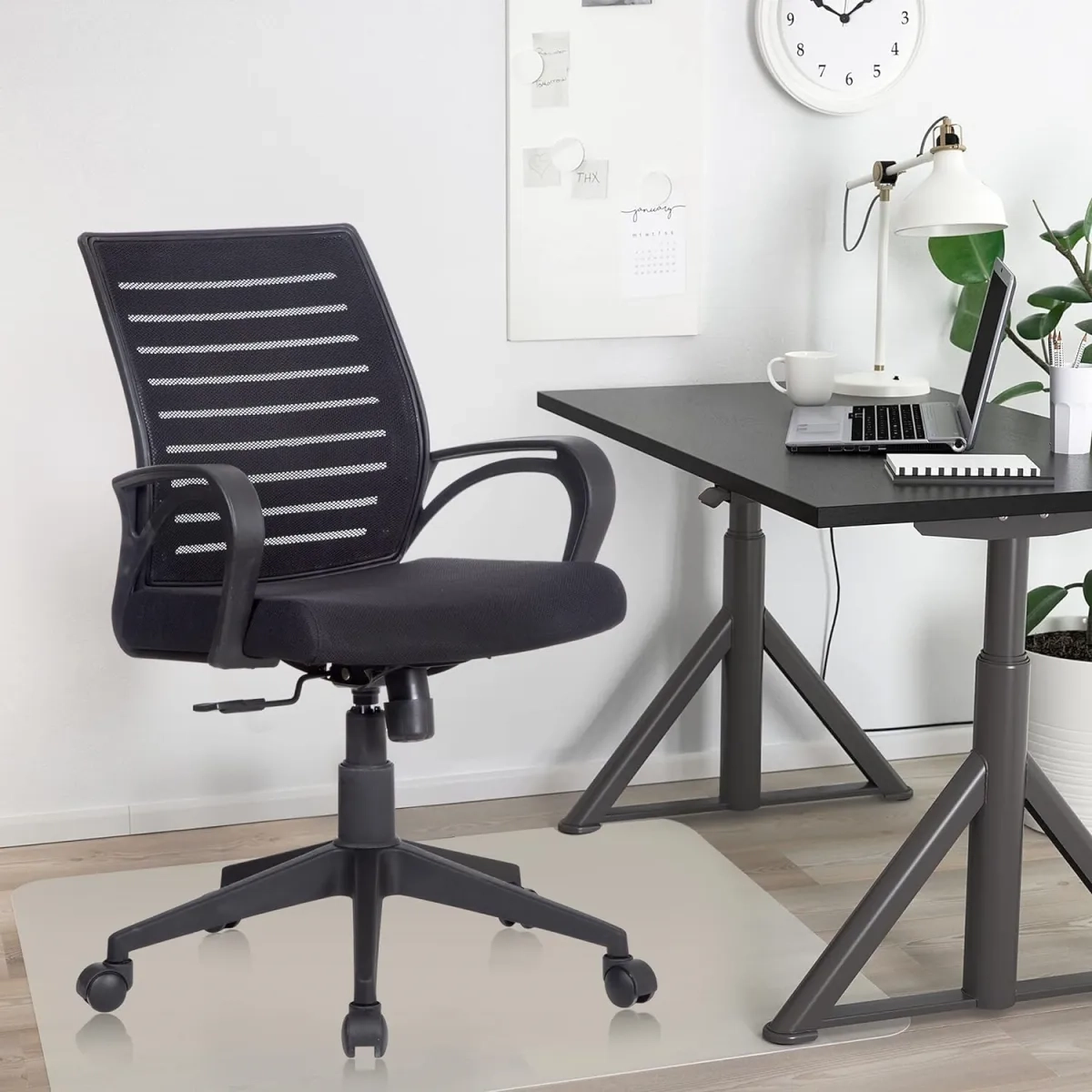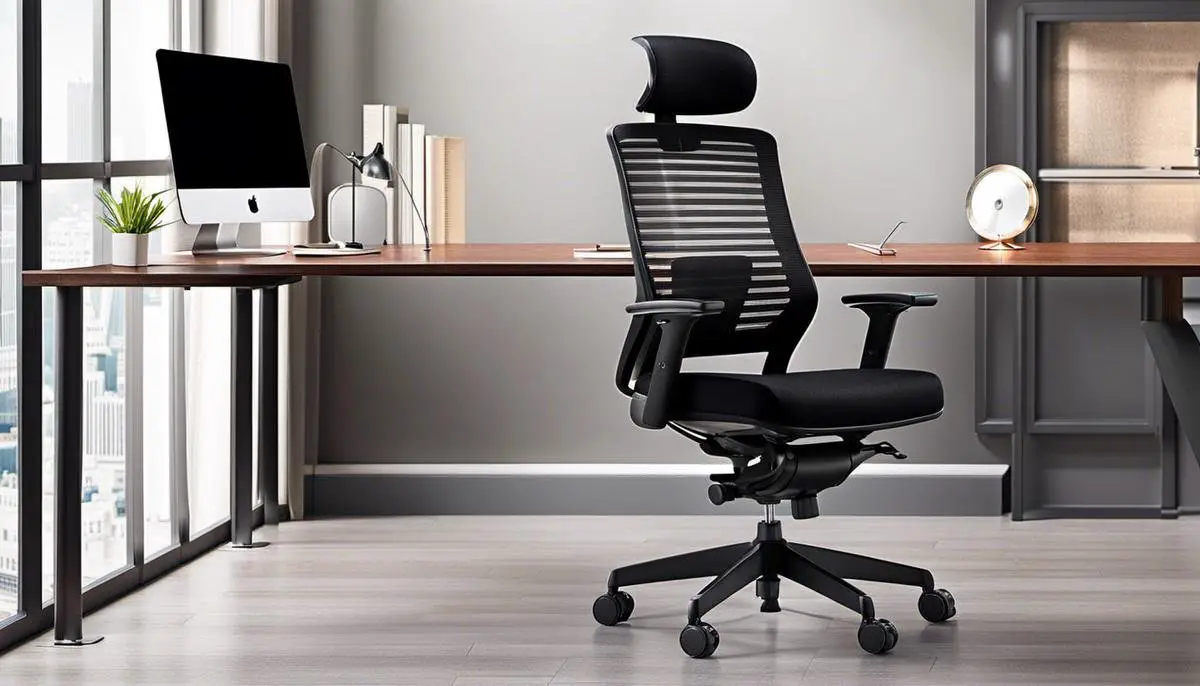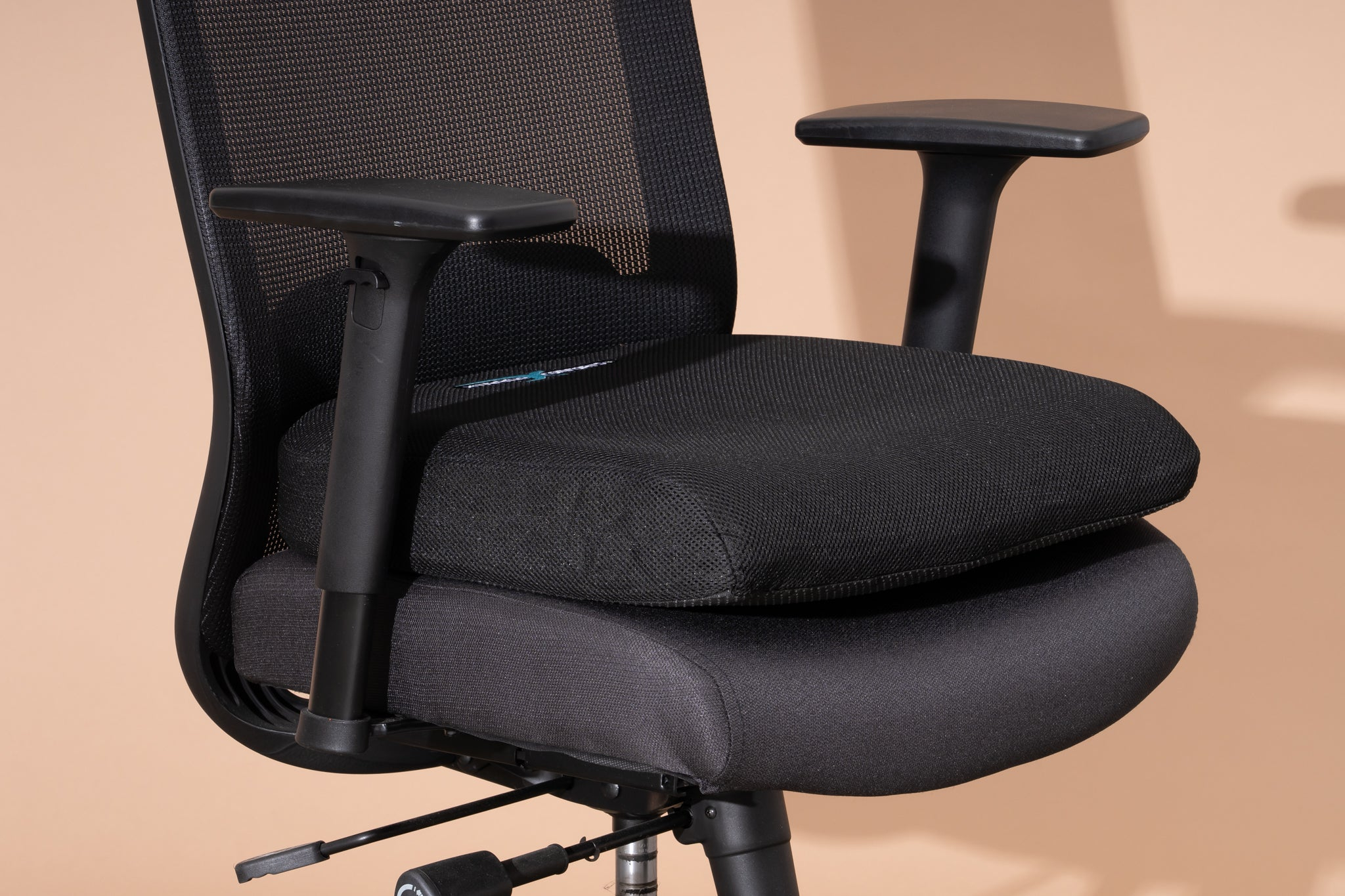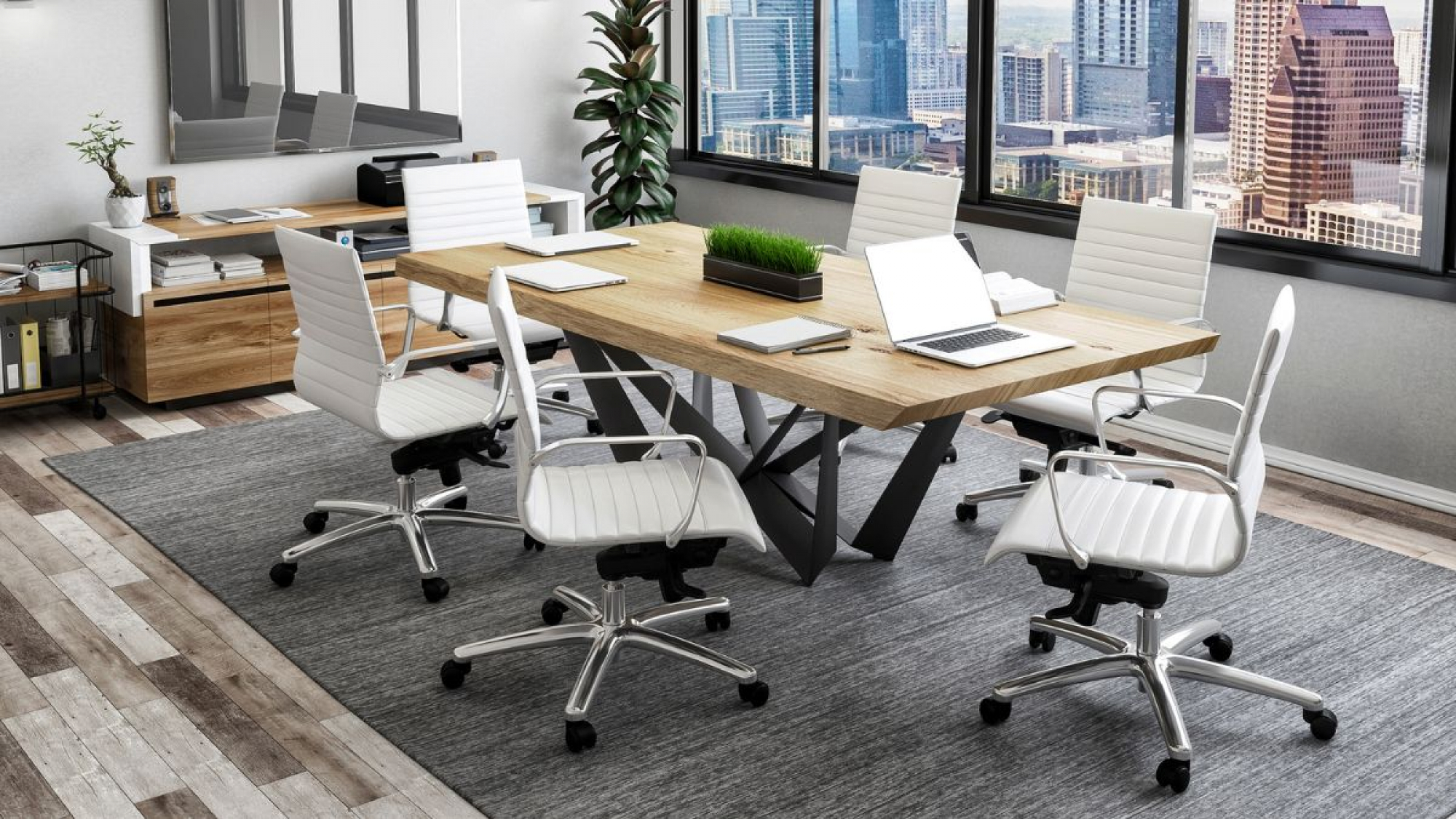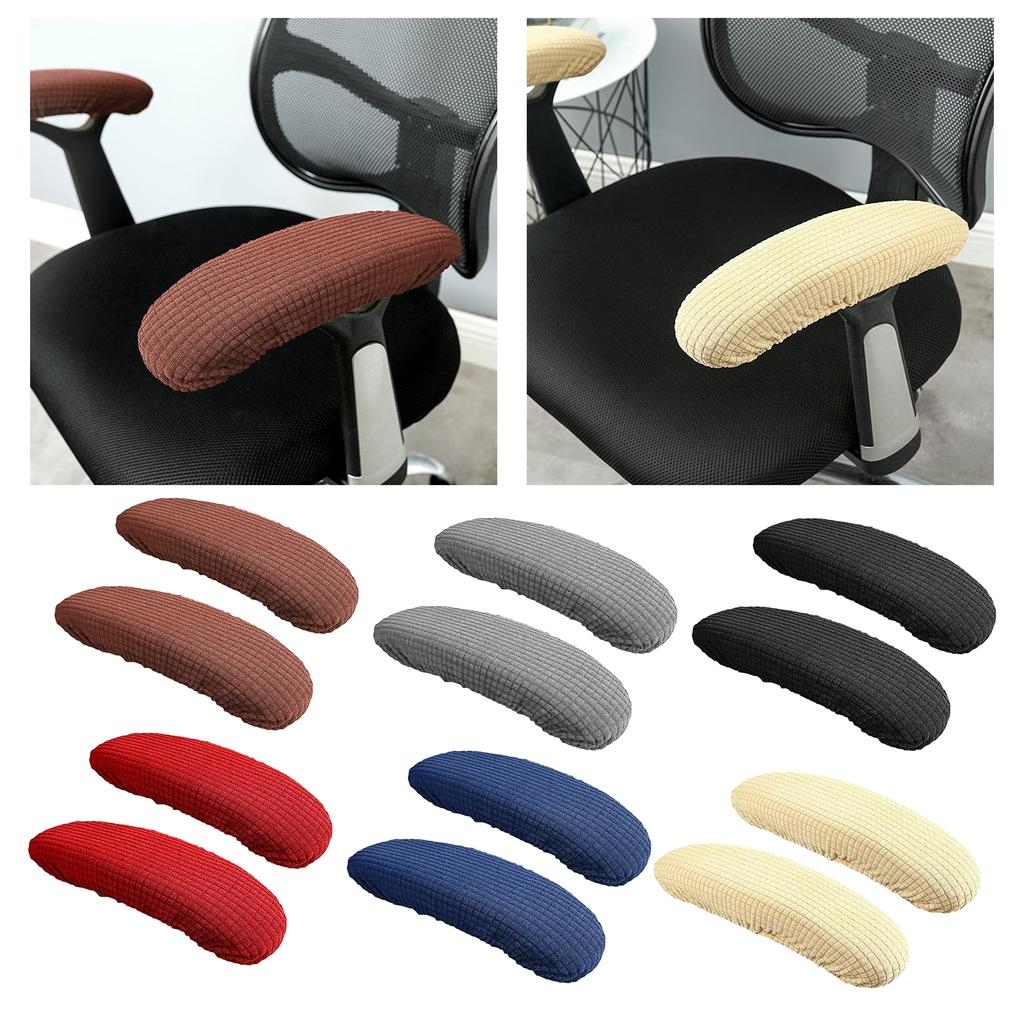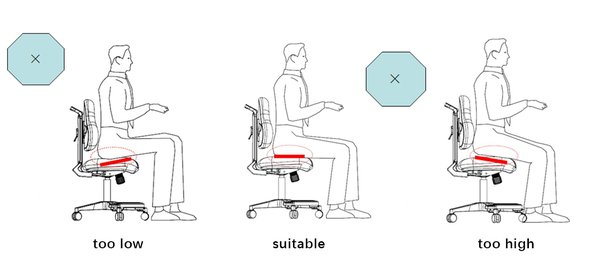We all want to feel good, right? That means avoiding those nagging aches and pains that can creep up from everyday activities. Ergonomics, it turns out, is your secret weapon. But it’s not just about setting up your desk perfectly; it’s a deeper dive into how we interact with our environment to foster genuine, long-term comfort and prevent strain. Let’s move past the surface-level advice and really understand how to make ergonomics work for us, day in and day out.
Ever find yourself shifting uncomfortably in your chair after just an hour? Or maybe your wrists ache after a long day of typing. These aren’t random occurrences; they’re often signals that our bodies aren’t quite aligned with our surroundings. Ergonomics, at its heart, is the science of designing systems and products to fit the people who use them. But going beyond the basics means understanding the subtle nuances, the long-term effects, and how to truly integrate ergonomic principles into every aspect of your life. It’s about creating a harmonious relationship between you and your tasks, ensuring comfort isn’t just a fleeting moment, but a sustainable state. Think of it as investing in your future self, one comfortable posture at a time.
Understanding the ‘Why’: Beyond Just Avoiding Pain
Sure, avoiding pain is a huge motivator. Who wants a sore back or strained eyes? But the benefits of good ergonomics stretch much further. It’s about enhancing your overall efficiency and productivity. When you’re comfortable, your focus sharpens, your energy levels stay higher, and you’re less prone to errors. Think about it: when you’re constantly fidgeting or feeling that familiar twinge, your brain is partly occupied with discomfort. By addressing these physical stressors, you free up mental bandwidth. This isn’t just about short-term relief; it’s about building resilience and ensuring you can perform at your best, whether you’re working, crafting, or simply relaxing. It’s a proactive approach to health and performance that pays dividends over time.
The Ergonomic Workspace: Refining Your Setup
We often hear about adjusting our chair height and monitor position, and that’s a fantastic start. But let’s refine it. Your chair should support the natural curve of your spine, not force it into an unnatural position. Are your feet flat on the floor or a footrest? Is the top of your monitor at or slightly below eye level? These details matter. Consider the keyboard and mouse placement too. Your wrists should be straight and neutral, not bent up or down. Many people benefit from an ergonomic keyboard that allows for a more natural hand and wrist posture. Even the angle of your desk can make a difference. It’s about creating a micro-environment that minimizes strain. For instance, if you spend a lot of time on the phone, a headset can be a game-changer for neck comfort. It’s these small, considered adjustments that add up to significant long-term gains.
Beyond the Desk: Ergonomics in Everyday Activities
Ergonomics isn’t confined to the office. Think about your kitchen. Are your countertops at a comfortable height so you’re not constantly bending? When you’re lifting groceries, do you use your legs and keep your back straight? Even how you hold your smartphone can impact your neck and thumbs. Consider gardening: using tools with extended, padded handles can reduce strain on your hands and wrists. Or perhaps you enjoy crafting or playing a musical instrument. These hobbies also have ergonomic considerations. For example, ensuring good lighting and a comfortable posture can prevent fatigue and injury. It’s about being mindful of how you perform any repetitive or strenuous task and making small adjustments to protect your body.
The Power of Movement: Breaking the Static Cycle
One of the most crucial, yet often overlooked, ergonomic principles is movement. Sitting or standing in one position for too long, no matter how ergonomically sound that position is, can lead to stiffness and discomfort. The goal isn’t to find a ‘perfect’ static posture, but to encourage dynamic movement throughout your day. This means incorporating regular breaks to stand up, stretch, and walk around. Even small movements, like shifting your weight or doing a few shoulder rolls, can make a significant difference. Consider setting reminders to get up every 30-60 minutes. This constant, gentle change in position helps keep your muscles engaged, improves circulation, and prevents the buildup of tension. It’s about creating a rhythm of activity and rest within your tasks.
Listening to Your Body: The Ultimate Ergonomic Tool
Perhaps the most powerful ergonomic tool you possess is your own body’s feedback. We often push through discomfort, thinking it’s just part of the process. But those signals – a dull ache, a stiffness, a slight numbness – are your body’s way of telling you something needs attention. Learning to recognize these early indicators is key. Instead of waiting for pain to become severe, pay attention to subtle changes. Are you tensing your shoulders? Are your eyes feeling dry and strained? Addressing these small issues proactively can prevent them from escalating into more serious problems. It’s about cultivating a mindful awareness of your physical state as you go about your day and making small, responsive adjustments.
Investing in Ergonomic Solutions: Smart Choices for Lasting Comfort
While mindful adjustments and movement are free, sometimes investing in specific ergonomic tools can provide significant benefits. This could range from an adjustable standing desk or an ergonomic mouse to specialized cushions or footrests. The key is to choose solutions that genuinely address your specific needs and discomforts, rather than simply following trends. Research products, read reviews, and, if possible, try them out before committing. A good ergonomic chair, for instance, is an investment in your long-term health and comfort. Similarly, anti-fatigue mats can make a difference if you spend extended periods standing. Think of these as tools that help your body function optimally, reducing wear and tear and enhancing your daily experience.
Ergonomics is far more than a set of rules for your workspace; it’s a philosophy for living more comfortably and healthily. By understanding the ‘why’ behind ergonomic principles, refining your setups, extending these practices beyond the desk, embracing movement, listening to your body, and making smart choices about tools, you’re building a foundation for lasting comfort and well-being. It’s an ongoing journey, not a destination, and the rewards – reduced pain, increased energy, and enhanced productivity – are well worth the effort. Start small, be consistent, and you’ll soon find yourself moving through your day with a newfound sense of ease and resilience.

